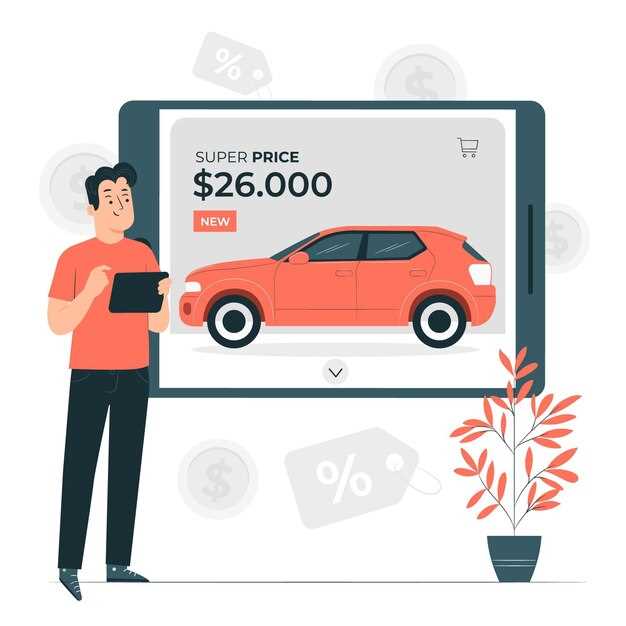
When it comes to acquiring a new car, two popular options stand out: leasing and financing. Both avenues offer distinct advantages and drawbacks, making it essential for potential buyers to understand the key differences. Choosing the right option can significantly impact your monthly budget, ownership experience, and overall satisfaction with your vehicle.
Leasing a car involves signing a contract that allows you to use the vehicle for a set period, usually two to three years. At the end of this term, you return the car to the dealership, often with the option to purchase it. Leasing typically results in lower monthly payments compared to financing, making it an attractive choice for those who prefer driving newer models without the commitment of ownership.
On the other hand, financing a vehicle means taking out a loan to purchase the car outright. Each monthly payment goes towards paying off the loan, ultimately leading to complete ownership. While financing often comes with higher monthly payments, it provides the freedom to customize and keep the car as long as desired, creating a different experience compared to leasing.
This article will delve deeper into the nuances of leasing vs financing, helping you make an informed decision for your next vehicle purchase. Understanding your driving habits, financial situation, and personal preferences will guide you in selecting the option that best aligns with your needs.
Understanding the Key Differences Between Leasing and Financing

When considering how to acquire a new vehicle, two primary options arise: leasing and financing. Both methods have distinct implications for payment structures, ownership, and financial commitment. Understanding these key differences can help you make an informed decision based on your needs and budget.
Leasing a car typically requires lower monthly payments compared to financing. This is because you are essentially paying for the vehicle’s depreciation during the lease term, rather than the total value of the car. A lease agreement lasts for a predetermined period, usually two to three years, and at the end of this term, you return the vehicle to the dealership. This means you won’t own the car, but you have the flexibility to drive a new model with less financial burden.
On the other hand, financing a vehicle involves obtaining a loan to purchase the car. This option requires a higher monthly payment, as you are paying off the full cost of the vehicle. Once the loan is repaid, the car is yours, and you can keep it as long as you wish. Financing is suitable for those who prefer ownership and the ability to customize their vehicle without restrictions.
One significant difference between leasing vs financing is mileage limits. Lease agreements often impose mileage restrictions, typically around 10,000 to 15,000 miles per year. Exceeding these limits results in additional fees. Financing does not come with such restrictions, allowing you to drive your car as much as you need without incurring extra costs.
In terms of maintenance, leased vehicles may come with warranties that cover repairs, reducing your financial responsibility. However, when you finance a car, any maintenance costs are yours to manage after the warranty expires. These factors should be considered in your overall budgeting and payment planning.
Ultimately, the choice between leasing and financing depends on your financial situation, how much you drive, and your long-term vehicle preferences. Understanding these key differences can lead to a more satisfying car acquisition experience.
Evaluating Your Budget: Monthly Payments for Leasing vs Financing

When considering a new vehicle, two primary options arise: leasing and financing. Understanding the monthly payment differences is crucial for making an informed decision that fits within your budget.
Leasing typically offers lower monthly payments compared to financing. This is because when you lease a vehicle, you are essentially paying for the depreciation of the car during the lease term, rather than the full value of the vehicle. As a result, the lease payment can be significantly lower, allowing you to potentially drive a more expensive vehicle than if you were financing.
On the other hand, financing involves paying off the entire purchase price of the vehicle over time. Monthly payments for financing are generally higher since you are responsible for the entire vehicle cost, plus interest and potentially additional fees. Ultimately, when you finish making payments, you own the vehicle outright, which can be a long-term financial benefit.
It’s essential to consider not just the monthly payment, but also the overall cost of ownership, including factors like maintenance, insurance, and potential wear and tear. Leasing usually comes with warranty coverage, which can mitigate unexpected repair expenses, whereas financing may require you to handle these costs once the warranty expires.
In conclusion, evaluating monthly payments is just one aspect of the overall financial picture when choosing between leasing and financing. Assess your budget, future needs, and long-term financial goals to determine which option aligns best with your lifestyle and preferences.
Long-term Value: Ownership Benefits of Financing vs Leasing for Upgrades
When considering the long-term value of acquiring a vehicle, the choice between financing and leasing becomes crucial. Financing a car typically allows for ownership, leading to certain advantages over leasing. One of the key benefits of financing is the ability to build equity. With each payment, you gain ownership stakes in the vehicle, which can enhance its long-term value. When the car is fully paid off, it becomes an asset that can be sold or traded in for future upgrades.
Conversely, leasing provides a temporary use of the vehicle without the long-term financial commitment. While lower monthly payments are appealing, paying for a lease means you will not own the car at the end of the term. This limits potential equity and can be less beneficial for those who prioritize upgrades. Vehicles that are financed often provide opportunities for customization, with owners free to modify their cars to enhance performance or aesthetics, further increasing their long-term value.
Moreover, financing allows for flexibility when it comes to trade-ins or upgrades. Since you own the vehicle outright, you can trade it in at any point, potentially reducing the cost of your next purchase. Leasing, while initially cheaper, can result in continuous payments without the return on investment seen from owned vehicles. Thus, for those keen on upgrading frequently while maximizing their investment, financing stands out as a more beneficial option compared to leasing.
Ultimately, the decision between leasing and financing hinges on your specific needs. If financial flexibility and long-term value through ownership are your goals, financing your next vehicle may be the better route to achieve those upgrades.




